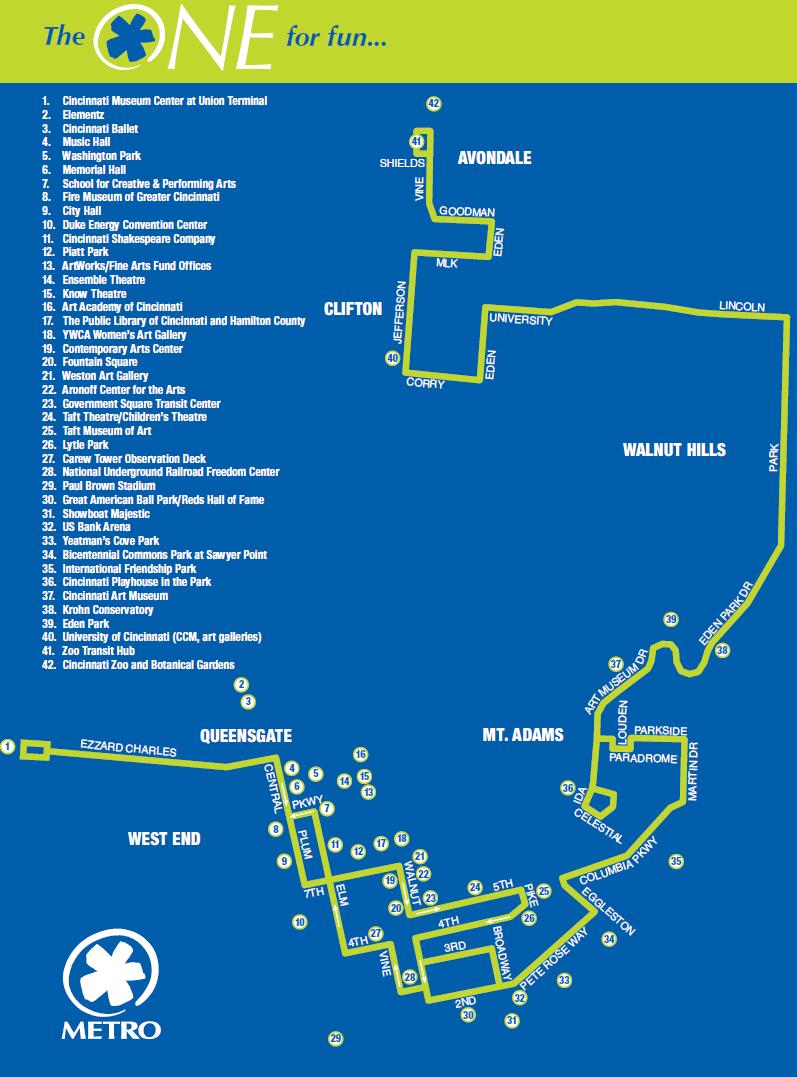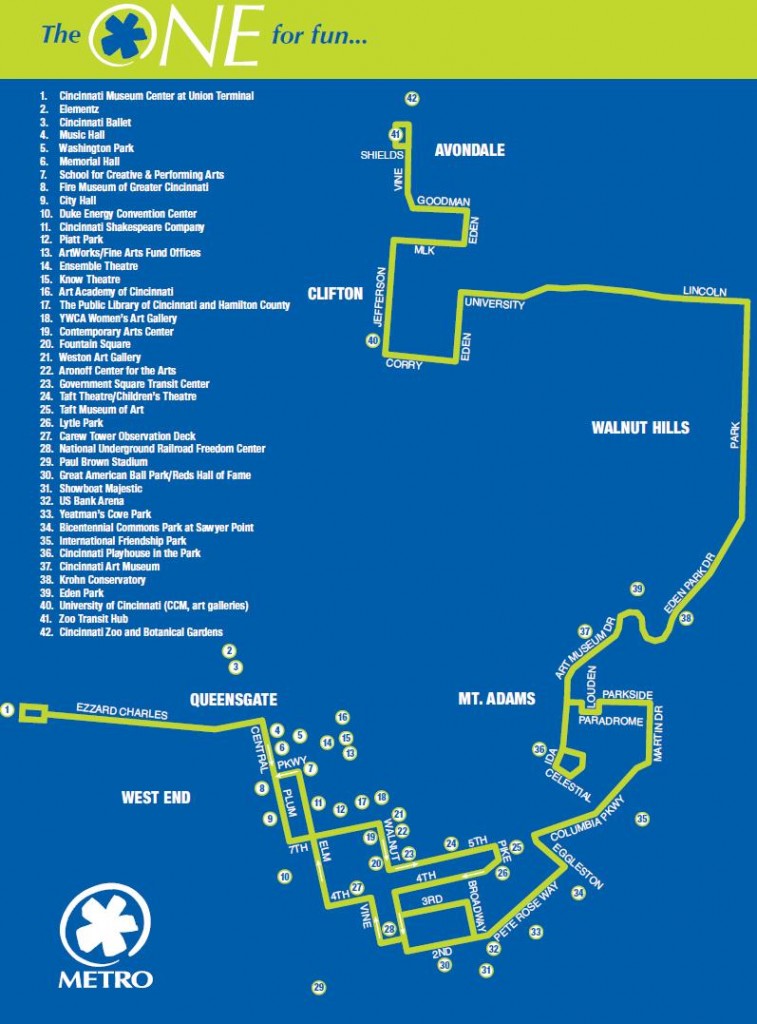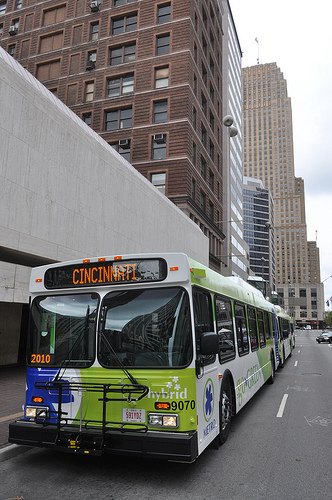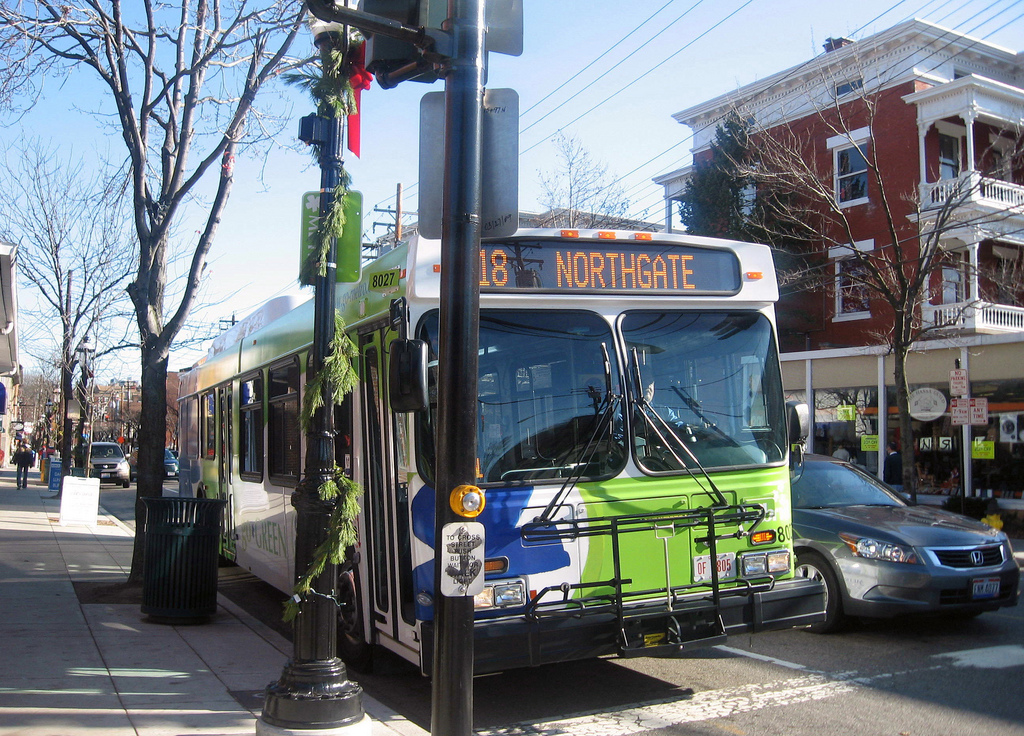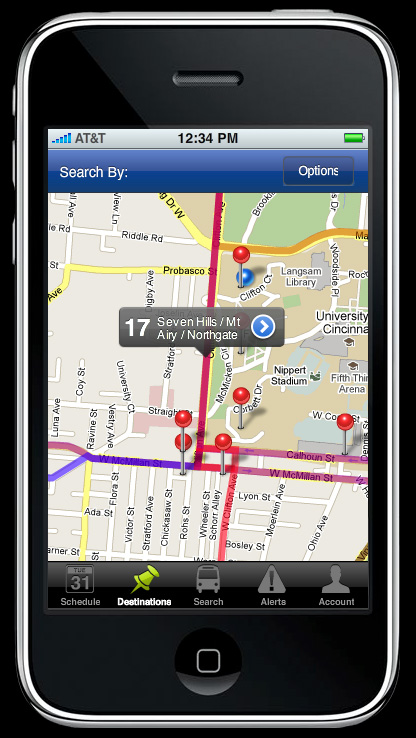 Aaron Renn recently wrote that It’s Time for America to Get On the Bus. He argues that cities should look at improving the quality of their bus service to eliminate the negative perception and attract more riders. He states that while there’s a “legitimate case for rail” in many cities (including Cincinnati), adding high-quality bus service to the plan can expand the reach of the transit network at a lower cost.
Aaron Renn recently wrote that It’s Time for America to Get On the Bus. He argues that cities should look at improving the quality of their bus service to eliminate the negative perception and attract more riders. He states that while there’s a “legitimate case for rail” in many cities (including Cincinnati), adding high-quality bus service to the plan can expand the reach of the transit network at a lower cost.
Riders of Cincinnati Metro buses would agree with Renn’s ideas. Metro is often criticized for lacking many of the “amenities” which are now common on other cities’ buses. For example, permanent shelters displaying clear route maps and real-time bus arrival information would make riding an unfamiliar route much easier. Re-loadable fare cards would eliminate the hassle of carrying exact change. Integration with Google Transit would make trip planning easier.
Fortunately, Metro is making progress on some fronts. A new communication system is in the works which will provide riders with real-time bus locations on their smart phones. New articulated buses are providing a much-needed increase in capacity for heavily-traveled routes. Improvements like these are being made as allowed by Metro’s tight budget and other grant sources. But ideas for innovation at Metro are also coming from outside the organization.
Web designer Ian Monk came up with the idea for an iPhone app called Mobilizing Metro that makes it easier to find routes and nearby destinations. The app would be able to pinpoint your current location and display what routes pass nearby.
Monk explains, “I distinctly remember a friend of mine, who lives right along the 17/18/19 route, thinking that the buses didn’t run on Sunday because he didn’t know when they came or where they went.”
In order to differentiate the app from similar ones, Monk decided to integrate several types of destinations into the interface. “It can also filter them so that only destinations within a couple blocks of a chosen bus line show up,” he said. That makes it easy to find restaurants, bars, post offices, or parks that are completely accessible by public transit, making car-free living much easier.
Monk developed a Flash-based version of the app while he was a Digital Design student at UC. He recently entered his app into the Cincinnati Innovates competition with hopes to win funding to continue development. If he receives one of the prizes, which range from $1,000 to $25,000, he hopes to enlist the help of another developer to create iPhone and Android versions of the app.
You can vote for the Mobilizing Metro app at Cincinnati Innovates to help Monk win one of the awards.
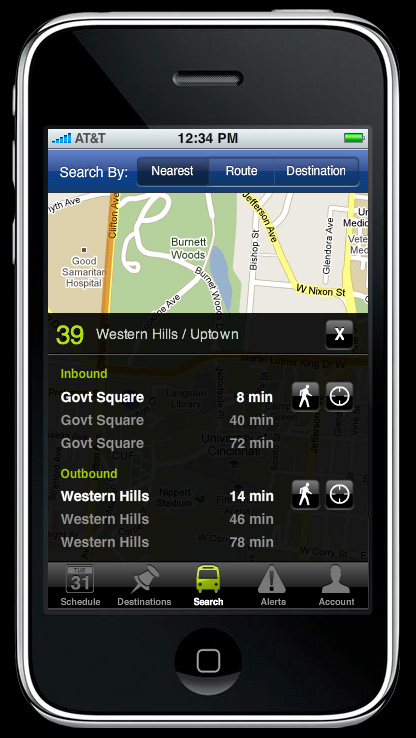
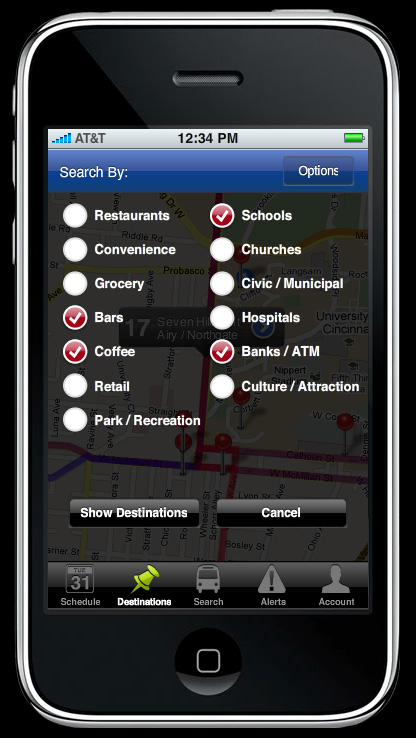
With advances like a mobile app, convenient fare cards, and improvements to stops, Metro will continue to attract more riders that have other transit options. Since Metro will also operate the Cincinnati Streetcar, they have the opportunity to integrate buses and the streetcar into a seamless system. And although we should continue to get on board with an expanded rail system, we should also make the most of the Metro system we currently have and encourage more Cincinnatians to get on the bus.
